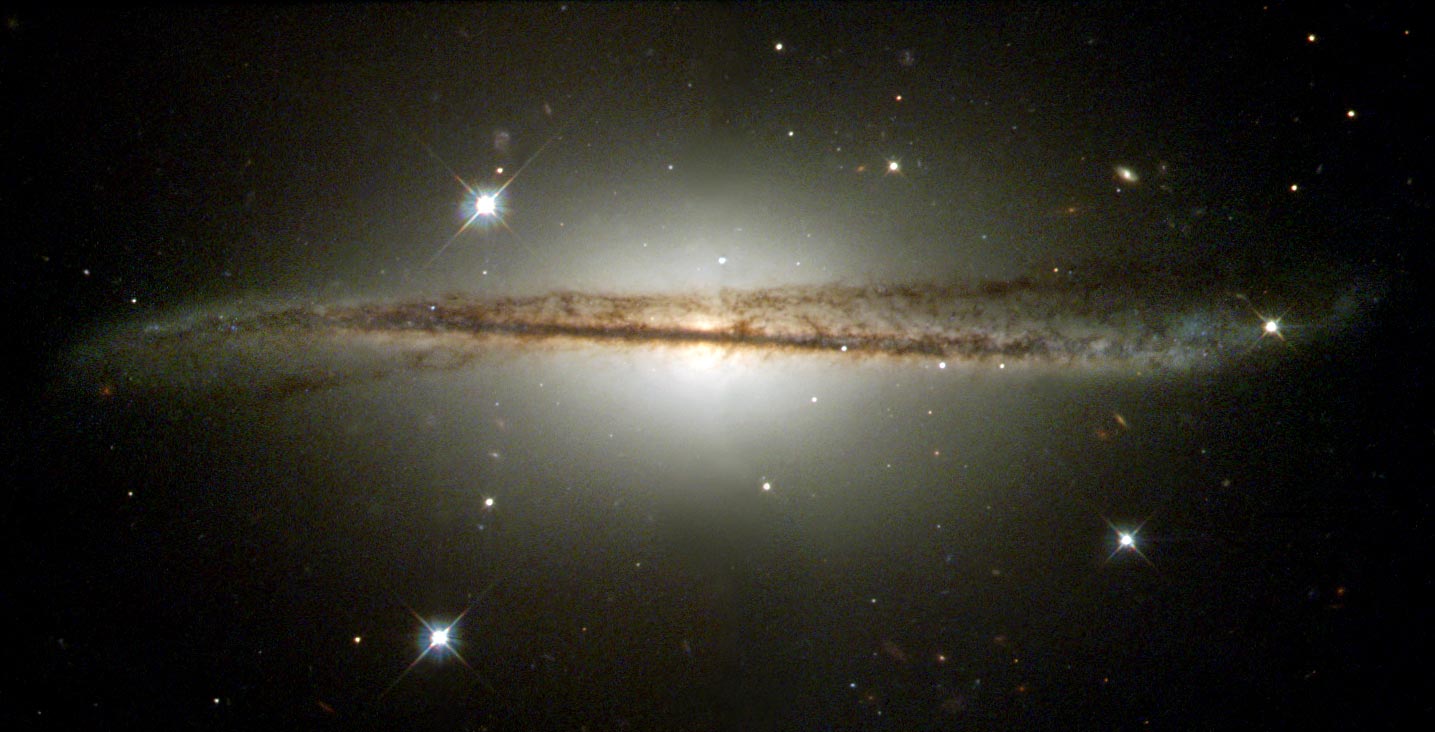Environment
A reconstruction of 66 million years of climate history indicates global temperature may be even more sensitive to carbon dioxide levels than current models estimate

Illustration of Earth 65 million years ago, when CO2 levels were much higher than those of today
CHRIS BUTLER/SCIENCE PHOTO LIBRARY
It is possibly the toughest question in climate science: how much warming does carbon dioxide cause? A new analysis of 66 million years of Earth’s climate history suggests the planet is much more sensitive to greenhouse gases than current climate models predict – meaning we could get far more warming in the long term.
A key factor that determines the impact of our emissions on the planet is how much Earth warms in response to all the extra CO2 we pump into the atmosphere. This sensitivity is affected by various feedback loops associated with clouds, the melting of ice sheets and other influences.
One way to measure this sensitivity is to look at how the climate has changed in the past. Gases trapped in ice cores can only take us back to around 800,000 years ago, so to find out about the temperatures and atmospheric CO2 levels further back in time, researchers use proxies. For example, the density of pores on the leaves of plants and the isotope levels in fossil shells of marine organisms vary according to CO2 levels.
However, discrepancies between different proxies have resulted in an uncertain view of Earth’s ancient climate. Now, an extensive review by a team of more than 80 researchers has created a sharper, more accurate view of ancient CO2 levels. “We now have a much clearer picture of what carbon dioxide levels were in the past,” says Bärbel Hönisch at Columbia University in New York, who coordinated the project.
This enables us to put our current atmospheric CO2 levels into context alongside the deep past. It shows that the last time CO2 levels were consistently as high as they are today was around 14 million years ago – considerably longer ago than some previous estimates.
By comparing this new CO2 data to the temperature record, “we can get a sense of how sensitive the climate was to changes in carbon dioxide,” says Hoenisch. Today’s climate models estimate that a doubling of atmospheric CO2 levels would result in warming of between 1.5°C and 4.5°C. But the results suggest a much bigger temperature rise: between 5°C and 8°C.
There is a big caveat, however. This new insight into Earth’s deep climate history covers trends over hundreds of thousands of years, not the shorter timescales of decades or centuries that are pertinent to humans today, so it doesn’t tell us what global temperatures are likely to be in 2100. “There’s a sluggish, cascading effect that slowly kicks in,” says Hoenisch.
The vast timescales covered in the study also mean it can’t detect the finer details of climate sensitivity. Michael Mann at the University of Pennsylvania says the climate sensitivity may have been different at other times in Earth’s history compared with now, and this probably explains why the study arrived at a higher estimate than those based on more recent periods.
“In short, the estimates of climate sensitivity from this study are probably not applicable to current human-caused warming,” says Mann. “Nonetheless, the study confirms the very close relationship between CO2 and global temperatures, underscoring the threat of continued fossil fuel burning.”
Topics:
Note: This article have been indexed to our site. We do not claim legitimacy, ownership or copyright of any of the content above. To see the article at original source Click Here












![[Cahier Technique] Teaching robots to face the unexpected thumbnail](https://www.industrie-techno.com/mediatheque/1/1/1/000056111_210x140_c.png)
